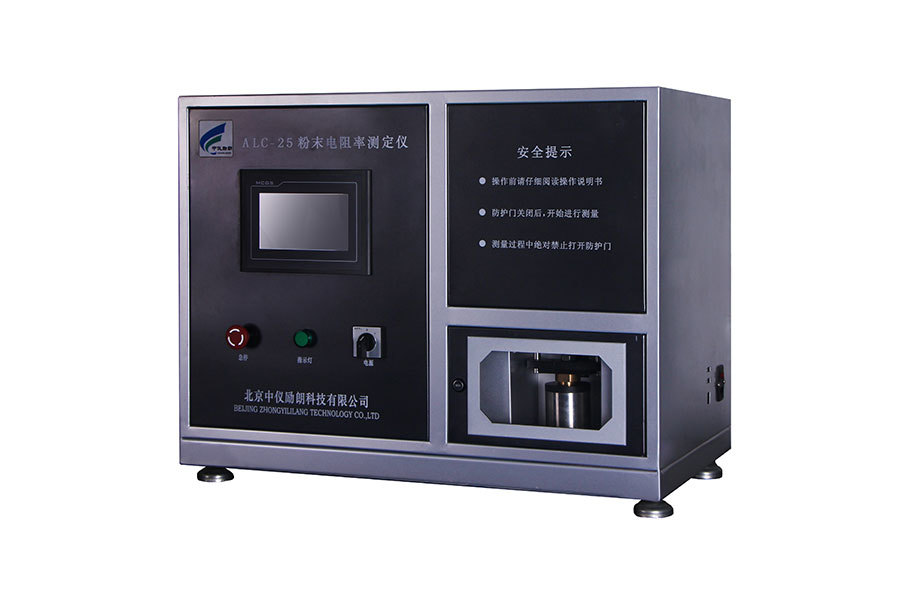The Essential Guide to Powder Physical Property Measuring Instruments
Oct 12,2025

In the realm of material science and industrial applications, understanding the physical properties of powders is crucial for ensuring product quality and performance. Powder physical property measuring instruments play a vital role in this process by providing accurate and reliable data about various characteristics of powders. These instruments are designed to assess properties such as particle size distribution, bulk density, flowability, and moisture content, which are essential for evaluating how powders behave during processing and in final applications.
One of the primary functions of powder physical property measuring instruments is to analyze particle size distribution. The size of the particles in a powder can significantly affect its flow characteristics and reactivity. For example, finer particles typically have a larger surface area, which can enhance their reactivity but may also lead to poorer flowability. By using advanced techniques such as laser diffraction or dynamic light scattering, these instruments can provide detailed insights into the particle size distribution of a powder sample, enabling manufacturers to fine-tune their processes and formulations.
Bulk density is another critical parameter measured by these instruments. It refers to the mass of powder per unit volume and is important for understanding how a powder will behave during handling and storage. Instruments that measure bulk density can help manufacturers optimize packaging and shipping methods, ensuring that their products remain stable and easy to transport.
Flowability is also a key physical property assessed by powder measurement devices. Powder flow characteristics can influence the efficiency of processes such as mixing, filling, and tableting in pharmaceutical and food industries. Instruments that measure flowability, such as the Carr test or the Hausner ratio, provide essential data that helps in selecting the right powders for specific applications, thereby enhancing process efficiency and product consistency.
Moisture content is another critical property that can affect the quality and stability of powders. High moisture levels can lead to clumping and degradation of powders, rendering them unsuitable for certain applications. Instruments like moisture analyzers and Karl Fischer titrators provide precise measurements of moisture content, helping manufacturers maintain optimal storage conditions and prolong shelf life.
In conclusion, powder physical property measuring instruments are indispensable tools in various industries, facilitating quality control and product development. By providing accurate measurements of particle size distribution, bulk density, flowability, and moisture content, these instruments enable manufacturers to optimize their processes, enhance product performance, and ensure customer satisfaction. Embracing these technologies not only leads to improved productivity but also fosters innovation in the development of new materials and products.
One of the primary functions of powder physical property measuring instruments is to analyze particle size distribution. The size of the particles in a powder can significantly affect its flow characteristics and reactivity. For example, finer particles typically have a larger surface area, which can enhance their reactivity but may also lead to poorer flowability. By using advanced techniques such as laser diffraction or dynamic light scattering, these instruments can provide detailed insights into the particle size distribution of a powder sample, enabling manufacturers to fine-tune their processes and formulations.
Bulk density is another critical parameter measured by these instruments. It refers to the mass of powder per unit volume and is important for understanding how a powder will behave during handling and storage. Instruments that measure bulk density can help manufacturers optimize packaging and shipping methods, ensuring that their products remain stable and easy to transport.
Flowability is also a key physical property assessed by powder measurement devices. Powder flow characteristics can influence the efficiency of processes such as mixing, filling, and tableting in pharmaceutical and food industries. Instruments that measure flowability, such as the Carr test or the Hausner ratio, provide essential data that helps in selecting the right powders for specific applications, thereby enhancing process efficiency and product consistency.
Moisture content is another critical property that can affect the quality and stability of powders. High moisture levels can lead to clumping and degradation of powders, rendering them unsuitable for certain applications. Instruments like moisture analyzers and Karl Fischer titrators provide precise measurements of moisture content, helping manufacturers maintain optimal storage conditions and prolong shelf life.
In conclusion, powder physical property measuring instruments are indispensable tools in various industries, facilitating quality control and product development. By providing accurate measurements of particle size distribution, bulk density, flowability, and moisture content, these instruments enable manufacturers to optimize their processes, enhance product performance, and ensure customer satisfaction. Embracing these technologies not only leads to improved productivity but also fosters innovation in the development of new materials and products.
PREVIOUS:
Contact Us








